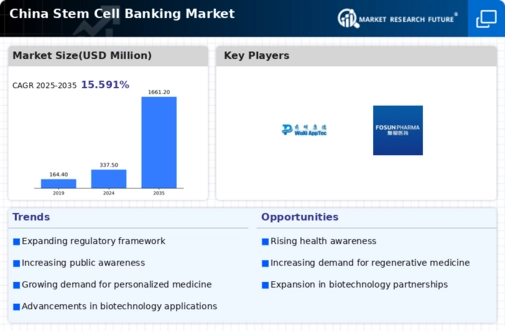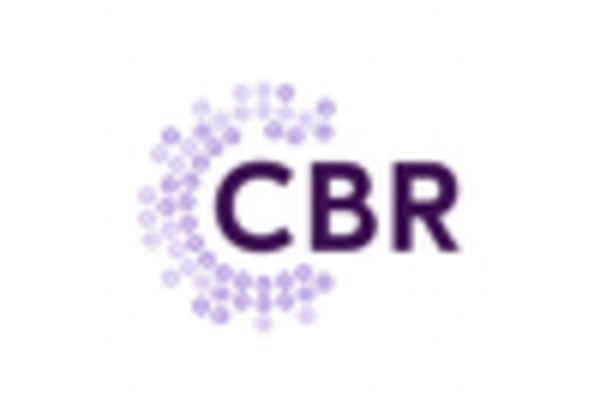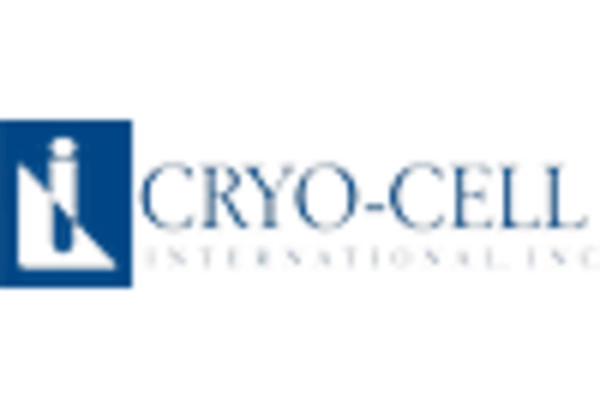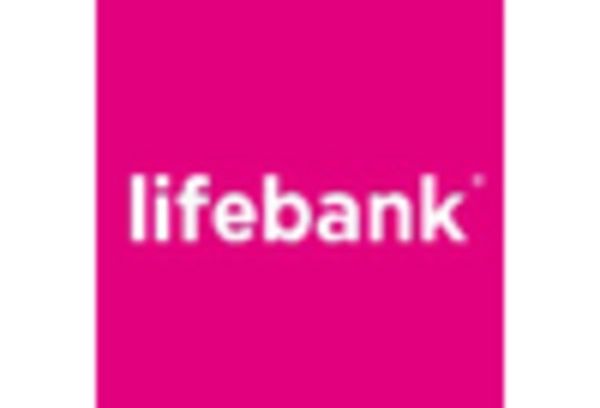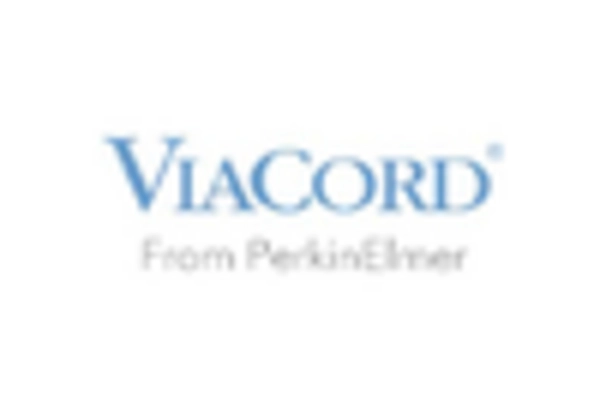Government Support and Funding
Government initiatives and funding play a crucial role in the development of the stem cell-banking market. In China, the government has recognized the potential of stem cell research and therapy, leading to increased investments in biotechnology and regenerative medicine. Various policies have been implemented to support research and development in this field, which in turn encourages private sector participation. The Chinese government has allocated substantial financial resources to promote stem cell research, which is expected to enhance the infrastructure and services related to stem cell banking. This support is likely to foster innovation and improve the overall quality of stem cell banking services, making them more accessible to the public.
Rising Incidence of Chronic Diseases
The increasing prevalence of chronic diseases in China is a significant driver for the stem cell-banking market. Conditions such as diabetes, cardiovascular diseases, and certain types of cancer are becoming more common, leading to a greater need for advanced treatment options. Stem cell therapy has emerged as a promising solution for these ailments, prompting more individuals to consider stem cell banking as a preventive measure. As healthcare providers emphasize the importance of early intervention and personalized medicine, the demand for stem cell banking services is expected to rise. This trend indicates a shift towards proactive healthcare strategies, which could potentially increase the market size substantially in the coming years.
Growing Investment from Private Sector
The influx of private investment into the stem cell-banking market is a notable driver of growth. In China, numerous private companies are entering the market, offering innovative services and competitive pricing. This trend is fostering a more dynamic market environment, where consumers have access to a wider range of options. The competitive landscape is likely to lead to improvements in service quality and customer experience, as companies strive to differentiate themselves. Additionally, increased investment is facilitating research and development efforts, which may result in new applications for stem cell therapies. As the private sector continues to expand its role, the stem cell-banking market is expected to experience robust growth.
Increasing Awareness of Stem Cell Benefits
The growing awareness regarding the therapeutic potential of stem cells is a key driver for the stem cell-banking market. Educational campaigns and healthcare initiatives in China have contributed to a heightened understanding of how stem cells can treat various diseases, including cancers and genetic disorders. As a result, more parents are opting for stem cell banking services, leading to an increase in demand. Reports indicate that the market is projected to grow at a CAGR of approximately 15% over the next five years, reflecting the rising interest in preserving stem cells for future medical use. This trend is likely to continue as more information becomes available, further solidifying the importance of stem cell banking in modern healthcare.
Technological Innovations in Banking Processes
Technological advancements in the processes associated with stem cell banking are transforming the industry landscape. Innovations such as automated cell processing, advanced cryopreservation techniques, and improved storage solutions are enhancing the efficiency and reliability of stem cell banking services. In China, companies are increasingly adopting these technologies to ensure the highest quality of stem cell preservation. The integration of artificial intelligence and data analytics is also streamlining operations, allowing for better tracking and management of stem cell samples. These technological improvements not only enhance the safety and efficacy of stem cell banking but also attract more customers, thereby driving market growth.


